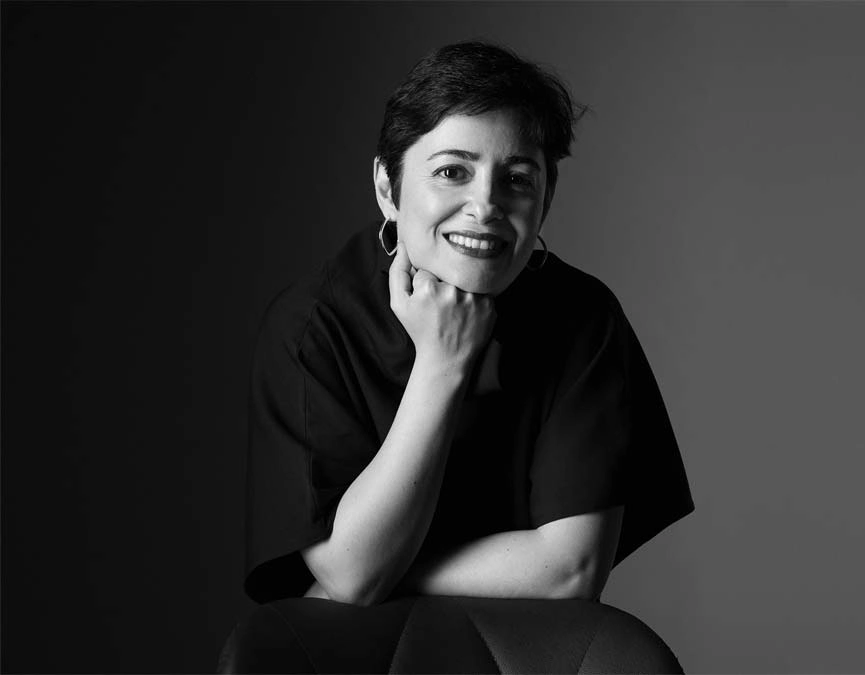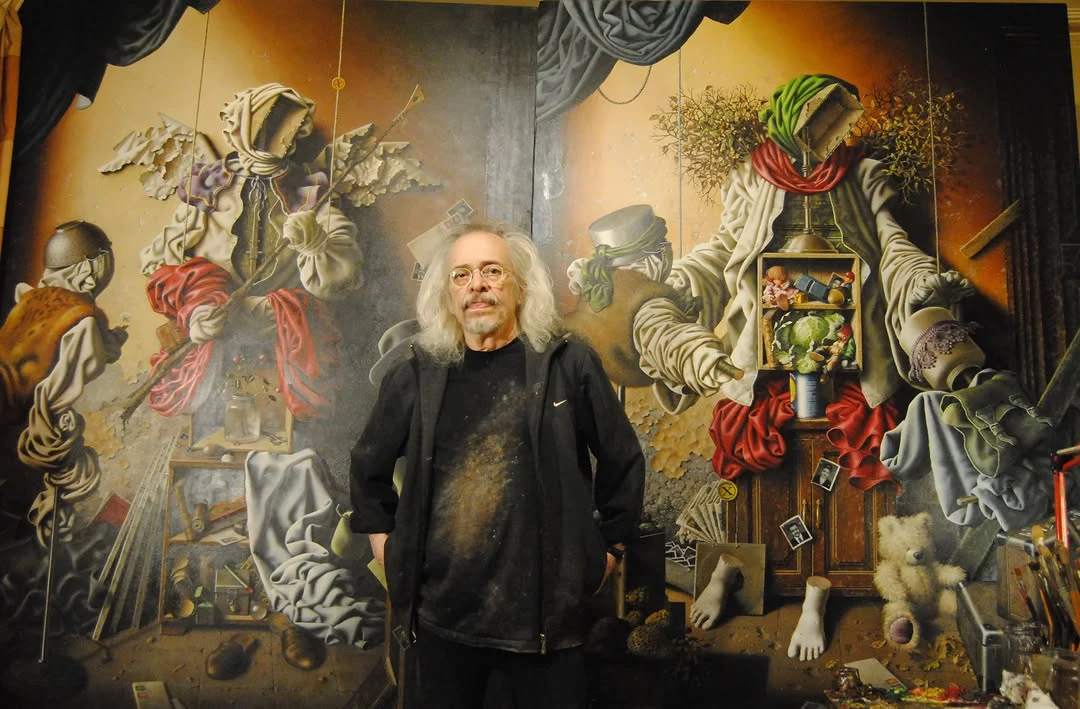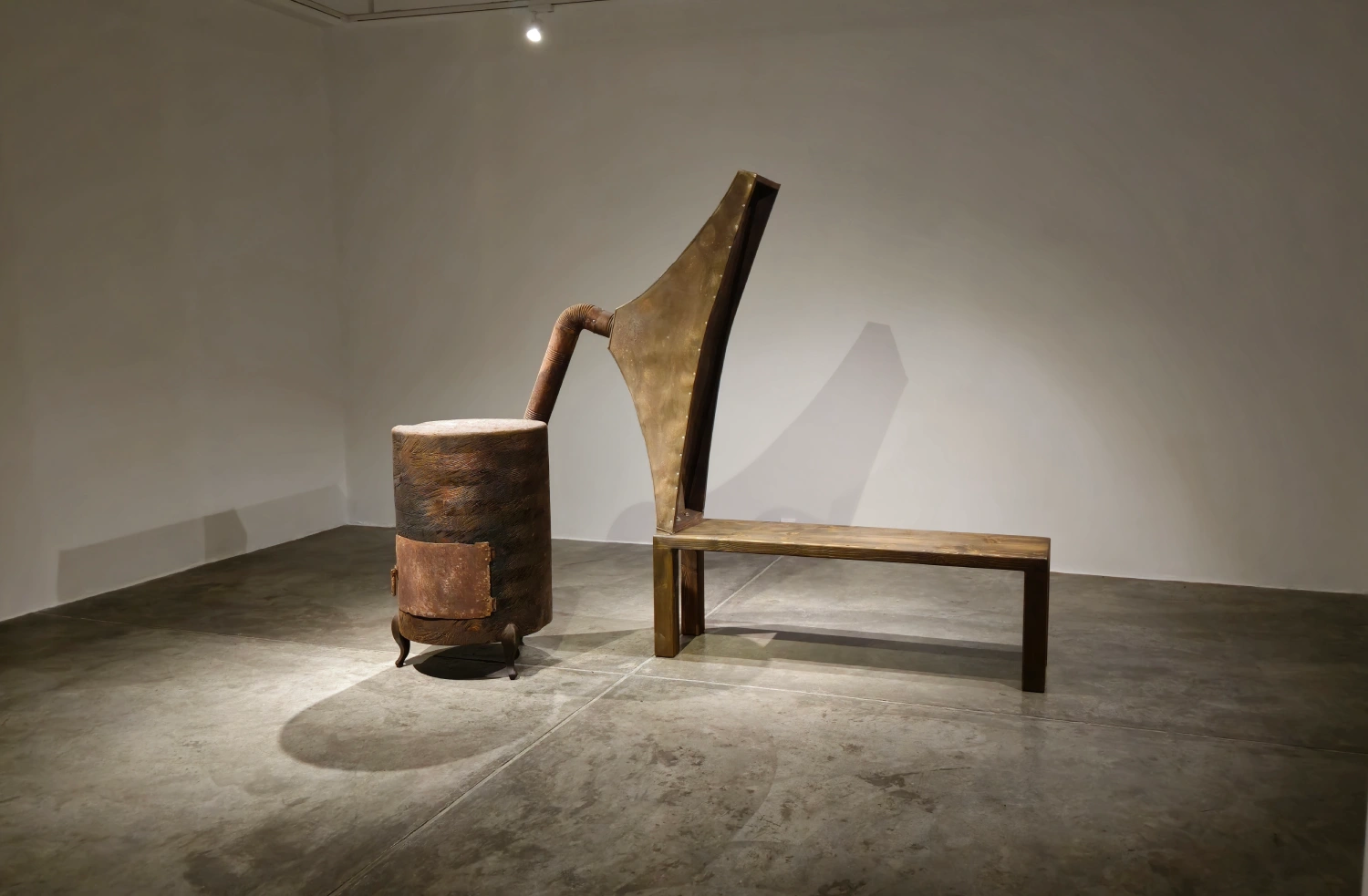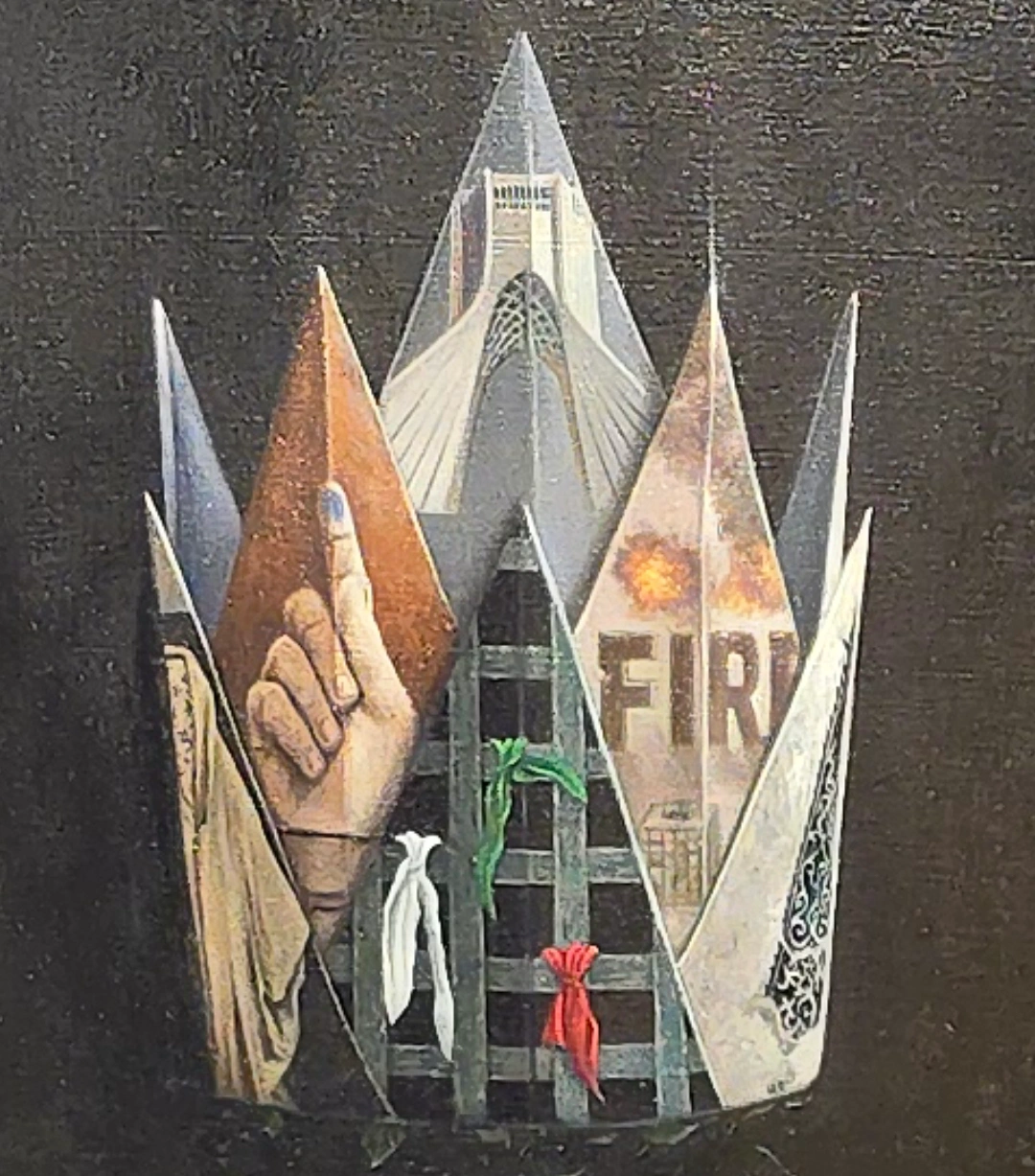The Dual Nature of AI in Contemporary Art
Creativity and Power
Artificial intelligence has irrevocably altered the landscape of contemporary artistic practice, occupying a paradoxical position as both revolutionary medium and political actor. The fundamental tension between modernization and replication in AI art has been well-documented, though the role of dataset dependencies in reinforcing colonial aesthetics remains under-examined—an oversight this article corrects through analysis of works like Exo-stential.[1] This article interrogates the complex duality of AI's role in art by examining how machine learning algorithms like GANs and diffusion models have simultaneously expanded creative possibilities while reinforcing and exposing entrenched power structures.[2] The central tension we explore is whether a technology celebrated for its creative potential can transcend the systemic biases and political controversies embedded in its architecture.
The Evolution of AI Artistic Tools
When examining AI as an artistic medium, we encounter groundbreaking technologies that have fundamentally transformed artistic production. Generative Adversarial Networks (GANs) operate by pitting neural networks against each other to generate increasingly convincing outputs, while diffusion models progressively refine random noise into coherent images through iterative denoising processes.[3] These developments align with the third evolutionary stage of AI art - the 'cognitive intelligence art' phase marked by advanced deep learning capabilities.[4] These technical frameworks have enabled artists like Refik Anadol (data-driven installations), Mario Klingemann (neural network explorations), and Anna Ridler (poetic algorithmic works) to push the boundaries of creative expression.
Notably, Obvious Art's Edmond de Belamy (2018),[5] demonstrates how GANs replicate Western art historical canons while obscuring their dependence on uncredited training data.[6] This contradiction reflects a well-documented paradox in AI art discourse: while the field promises 'the diversification of subjects' through collaborative creation, it frequently neglects to acknowledge the historical sources and labor enabling such innovation.[7]
Anna Ridler's Critical Intervention
Anna Ridler's work represents a particularly significant intervention in this field. Her practice demonstrates three crucial dimensions that both align with and challenge conventional understandings of AiArt:
1. GANs as Artistic Process
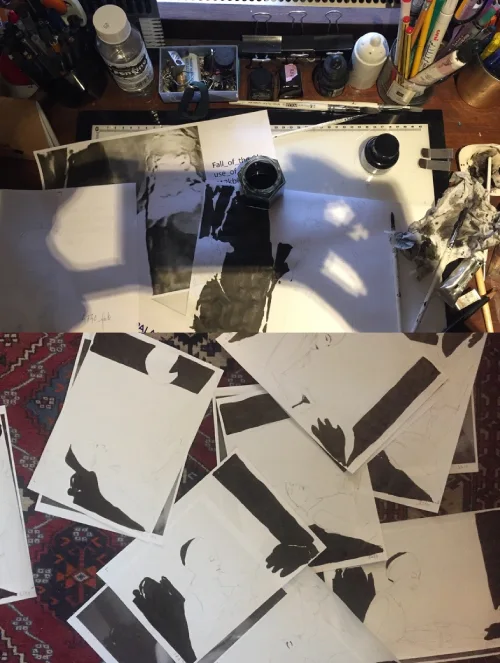
Fig. 1: Anna Ridler, making of The Fall of the House of Usher, 2017. Courtesy of the artist.
In works like Fall of the House of Usher (Fig. 1, 2017), Ridler employs GANs to produce imagery that retains algorithmic "artifacts" - intentional imperfections that reveal the machine's learning process.[8] This approach embodies the characteristic 'flowability and changeability' of AI art, while simultaneously subverting expectations of algorithmic perfection.[9]
2. The Politics of Dataset Construction
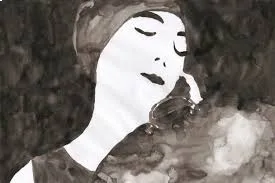
Fig. 2: Anna Ridler, The Fall of the House of Usher, 2017. Video still. 22. Courtesy of the artist.
Unlike many AI artists who rely on pre-existing datasets, Ridler creates custom datasets through labor-intensive processes like her hand-drawn ink illustrations for House of Usher (see Fig. 2). This methodology transforms abstract notions of collaborative creation into material practice by foregrounding the hidden human labor behind datasets,[10] challenging the field's celebratory narratives of technological innovation while exposing how systemic biases become embedded in algorithmic systems.[11]
3. Alternative Temporalities in AI Art
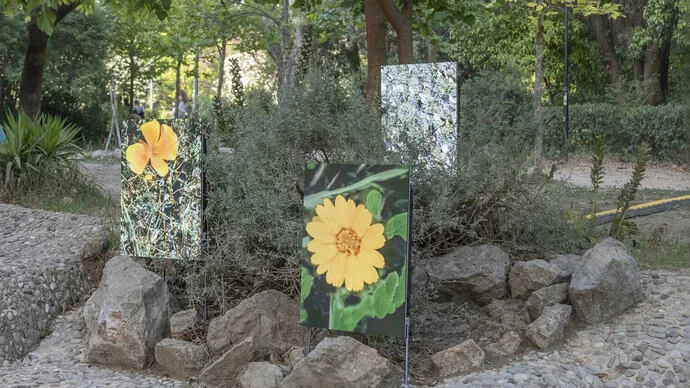
Fig. 3: Anna Ridler, Circadian Bloom, 2021, installation of real-time GAN-generated imagery. "You and AI" exhibition © Studio On – Stelios Tzetzias, for Onassis Stegi.
Her project Circadian Bloom (Fig. 3, 2021) explores non-human temporalities by synchronizing AI-generated flowers with biological clocks,[12] proposing perceptual frameworks that challenge anthropocentric perspectives and resist Silicon Valley's pursuit of "perfect" automation. This work establishes a tripartite dialogue between human, machine, and ecological temporalities, redefining interaction in computational art beyond conventional human-machine binaries to encompass more-than-human timescales.[13]
The Belamy Controversy in Context
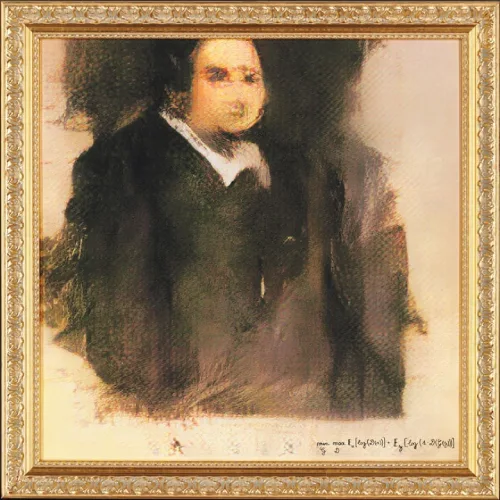
Fig. 4: Portrait of Edmond de Belamy, 2018, created by Gan, Sold for $432,500 on 25 October 2018 at Christie’s in New York. Image: © Obvious.
The 2018 sale of Portrait of Edmond de Belamy ( Fig. 4) at Christie's auction house for $432,500 - dramatically surpassing its $10,000 estimate - marked a watershed moment for AI art while exposing its inherent contradictions.[14] This moment arguably represents AI art's transition into mainstream cultural consciousness, where the very 'media intelligence' that enables such works simultaneously obscures their contested labor conditions and creative provenance.[15] Yet the algorithm's complete dependence on uncredited human artworks [16] raised fundamental questions about creative ownership, while its slavish reproduction of European portraiture conventions demonstrated how AI systems reinforce rather than challenge dominant aesthetic hierarchies.[17]
Expanding the Canon: Non-Western AI Art Practices
The limitations of Western-centric AI art become starkly apparent when contrasted with interventions like Harshit Agrawal's Exo-stential (2021) and The Anatomy Lesson of Dr. Algorithm (2018). These works demonstrate three transformative shifts that problematize dominant Western paradigms in AI art discourse.
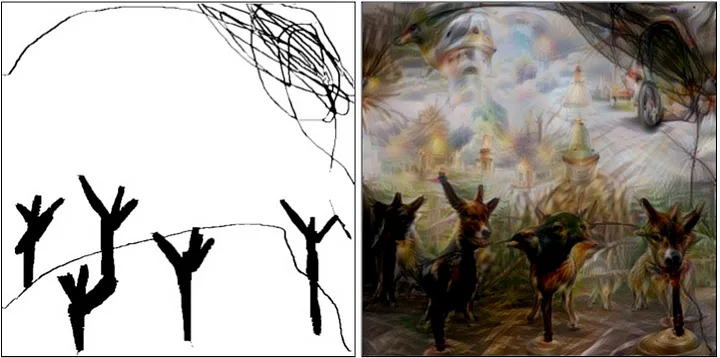
Fig. 5: Harshit Hagrawal, some outputs of Tandem: human drawing on the left, machine output on the right. Imagining art collaborating with an intelligent machine. Tandem “is a software system where a person’s drawing input is ‘imagined’ upon by a computer outcome, thereby interweaving the two in a creative dialogue”.
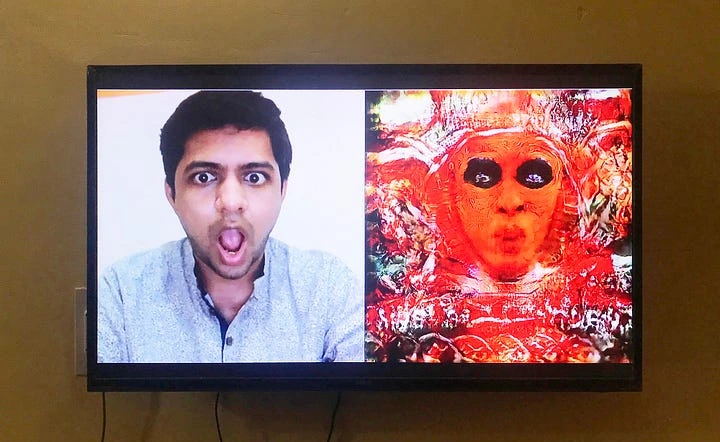
Fig. 6: Harshit Hagrawal, Mask Reality, 2018. Real-Time Interactive Installation. Audience Face Transformed to Faces Inspired from Dance Rituals of Southern India. Webcam, Digital Screen.
1. Decolonial Dataset Curation
Where Belamy passively replicated 15,000 Eurocentric portraits,[18] Agrawal's Masked Reality trains algorithms on Kathakali and Theyyam dance rituals - deliberately juxtaposing upper-caste Sanskrit traditions with lower-caste folk practices through facial recognition technology. This technical subversion exposes how AI can weaponize cultural specificity rather than erase it.[19]
2. Cyborg Authorship Models
Agrawal's Tandem system (Libre AI, 2019) dismantles the "autonomous AI artist" myth[20] by:
o Maintaining visible human agency (hand-drawn inputs guide machine outputs).
o Crediting traditional miniature painters as collaborators (Anatomy Lesson)
This aligns with Crawford's (2021) labor critiques while offering an ethical alternative. (see Figs. 5 and 6)
3. Institutional Resistance
By exhibiting at Kolkata's Emami Art and New Delhi's Nature Morte rather than Western auction houses, Agrawal's Machinic Situatedness series actively resists dominant paradigms in computational creativity by grounding AI systems in Indian cultural frameworks. Through technical interventions like manipulated learning rates, the work generates intentionally unfamiliar aesthetics from regionally-specific datasets, challenging universalist assumptions about machine artistry.[21]
These practices demonstrate AI art's potential to transcend its colonial baggage when artists:
• Treat cultural heritage as living material rather than archival data (vs Next Rembrandt's static replication)
• Frame algorithms as mirrors of societal bias rather than neutral tools
• Redistribute creative agency across human/machine networks
Beyond the Binary
Ultimately, the dual nature of AI in contemporary art reveals a fundamental tension between emancipatory potential and entrenched power dynamics. While mainstream discourse often celebrates AI art's disruptive potential, our analysis exposes how these technological innovations remain deeply entangled with - and often reinforce - established power structures.[22] The "degenerative" approach—by foregrounding algorithmic imperfections, labor-intensive dataset construction, and non-human temporalities—offers a crucial model for engaging with AI that resists both techno-utopianism and uncritical adoption.
This expanded framework suggests that AiArt's most valuable contribution may lie not in its technological achievements alone, but in its capacity to make visible the complex relationships between human creativity, machine learning, and cultural power. As the field continues to evolve, artists like Ridler point toward a more ethically engaged practice that acknowledges both the possibilities and limitations of AI as an artistic medium.
Essay by malihe Norouzi / Independent Art Scholar
References:
1. Chen, Weiwen, Shidujaman, Mohammad and Tang, Xuelin (2020) AiArt: Towards Artificial Intelligence Art. MMEDIA 2020: The Twelfth International Conference on Advances in Multimedia, p. 49.
2. Crawford, Kate (2021) Atlas of AI: Power, Politics, and the Planetary Costs of Artificial Intelligence. New Haven: Yale University Press. (Accessed: 10 July 2024).
3. Schneier, Matthew (2024) When AI Art Is Just a Button Push Away, What Defines an Artist? The New York Times. (Accessed: 10 July 2024).
4. Chen, Weiwen, Shidujaman, Mohammad and Tang, Xuelin (2020) AiArt: Towards Artificial Intelligence Art. MMEDIA 2020: The Twelfth International Conference on Advances in Multimedia, p. 48.
5. Obvious Art (2018) Edmond de Belamy. (Accessed: 10 July 2024).
6. Mazzone, Marian and Elgammal, Ahmed (2019) Art, Creativity, and the Potential of Artificial Intelligence. Arts, 8(2), p.73. DOI: 10.3390/arts8020073.
7. Chen, Weiwen, Shidujaman, Mohammad and Tang, Xuelin (2020) AiArt: Towards Artificial Intelligence Art. MMEDIA 2020: The Twelfth International Conference on Advances in Multimedia, p. 49.
8. Flash Art, 2020. Artificial abstraction and the poetics of machine learning: The role of AI in the art of Anna Ridler and Roman Lipski. [online] [Accessed 15 July 2024].
9. Chen, Weiwen, Shidujaman, Mohammad and Tang, Xuelin (2020) AiArt: Towards Artificial Intelligence Art. MMEDIA 2020: The Twelfth International Conference on Advances in Multimedia, p. 50.
10. Ibid. p. 49.
11. Brynjarsdóttir, Hrönn, Håkansson, Maria, Pierce, James, Baumer, Eric, DiSalvo, Carl and Sengers, Phoebe (2018) 'When it imitates us, how do we decide?': The politics of machine learning and artistic practice. Proceedings of the ACM on Human-Computer Interaction, 2(CSCW), pp.1–20. DOI: 10.1145/3274357.
12. Meer, 2023. Anna Ridler working with GANs. [online] [Accessed 15 July 2024].
13. Chen, Weiwen, Shidujaman, Mohammad and Tang, Xuelin (2020) AiArt: Towards Artificial Intelligence Art. MMEDIA 2020: The Twelfth International Conference on Advances in Multimedia, p. 50.
14. Christie’s (2018) A collaboration between two artists: one human, one a machine. (Accessed: 10 July 2024).
15. Chen, Weiwen, Shidujaman, Mohammad and Tang, Xuelin (2020) AiArt: Towards Artificial Intelligence Art. MMEDIA 2020: The Twelfth International Conference on Advances in Multimedia, p. 49.
16. Crawford, Kate (2021) Atlas of AI: Power, Politics, and the Planetary Costs of Artificial Intelligence. New Haven: Yale University Press. (Accessed: 10 July 2024).
17. Brynjarsdóttir, Hrönn, Håkansson, Maria, Pierce, James, Baumer, Eric, DiSalvo, Carl and Sengers, Phoebe (2018) 'When it imitates us, how do we decide?': The politics of machine learning and artistic practice. Proceedings of the ACM on Human-Computer Interaction, 2(CSCW), pp.1–20. DOI: 10.1145/3274357.
18. Obvious Art (2018) Edmond de Belamy. (Accessed: 10 July 2024).
19. Kumar, Rahul (2021) Harshit Agrawal's 'Exo-stential' is India's first solo artificial intelligence art show. STIRworld. (Accessed: 10 July 2024).
20. Jochim, Beth (2019) The Creative Dialogue of Human and Machine in the Work of AI Artist Harshit Agrawal. Libre AI. (Accessed: 10 July 2024).
21. Kumar, Rahul (2021) Harshit Agrawal's 'Exo-stential' is India's first solo artificial intelligence art show. STIRworld. (Accessed: 10 July 2024).
22. Chen, Weiwen, Shidujaman, Mohammad and Tang, Xuelin (2020) AiArt: Towards Artificial Intelligence Art. MMEDIA 2020: The Twelfth International Conference on Advances in Multimedia, pp. 47-51.
Image Sources:
Fig. 1: Ridler, A. (2017) Making of The Fall of the House of Usher [Photograph]. Courtesy of the artist. And Fig. 2: Ridler, A. (2017) The Fall of the House of Usher [Video still]. Courtesy of the artist. Published in: Flash Art (2020) Artificial abstraction and the poetics of machine learning: The role of AI in the art of Anna Ridler and Roman Lipski. (Accessed: 15 July 2024).
Fig. 3: Ridler, A. (2021) Circadian Bloom [Installation photograph]. © Studio On – Stelios Tzetzias for Onassis Stegi. Documentation published in: Meer (2023) Anna Ridler working with GANs. (Accessed: 15 July 2024).
Fig. 4: Obvious Art Collective (2018) Portrait of Edmond de Belamy [Digital image]. © Obvious. Published in: Kinsella, E. (2018) 'First-Ever' AI Portrait Painting Sells at Christie's for $432,500. Artnet News, 25 October. (Accessed: 15 July 2024).
Figs. 5: Agrawal, H. (2018–2019): Tandem system outputs [Digital image]
Fig. 6: Masked Reality [Installation documentation] Both courtesy of the artist. Published in: Jochim, B. (2019) The Creative Dialogue of Human and Machine in the Work of AI Artist Harshit Agrawal. Libre AI. (Accessed: 10 July 2024).
Cover Image Source:
Agrawal, H. (2021) Exo-stential [Digital image]. Courtesy of Emami Art, Kolkata. Published in: Jochim, B. (2019) The Creative Dialogue of Human and Machine in the Work of AI Artist Harshit Agrawal. Libre AI. (Accessed: 10 July 2024).
